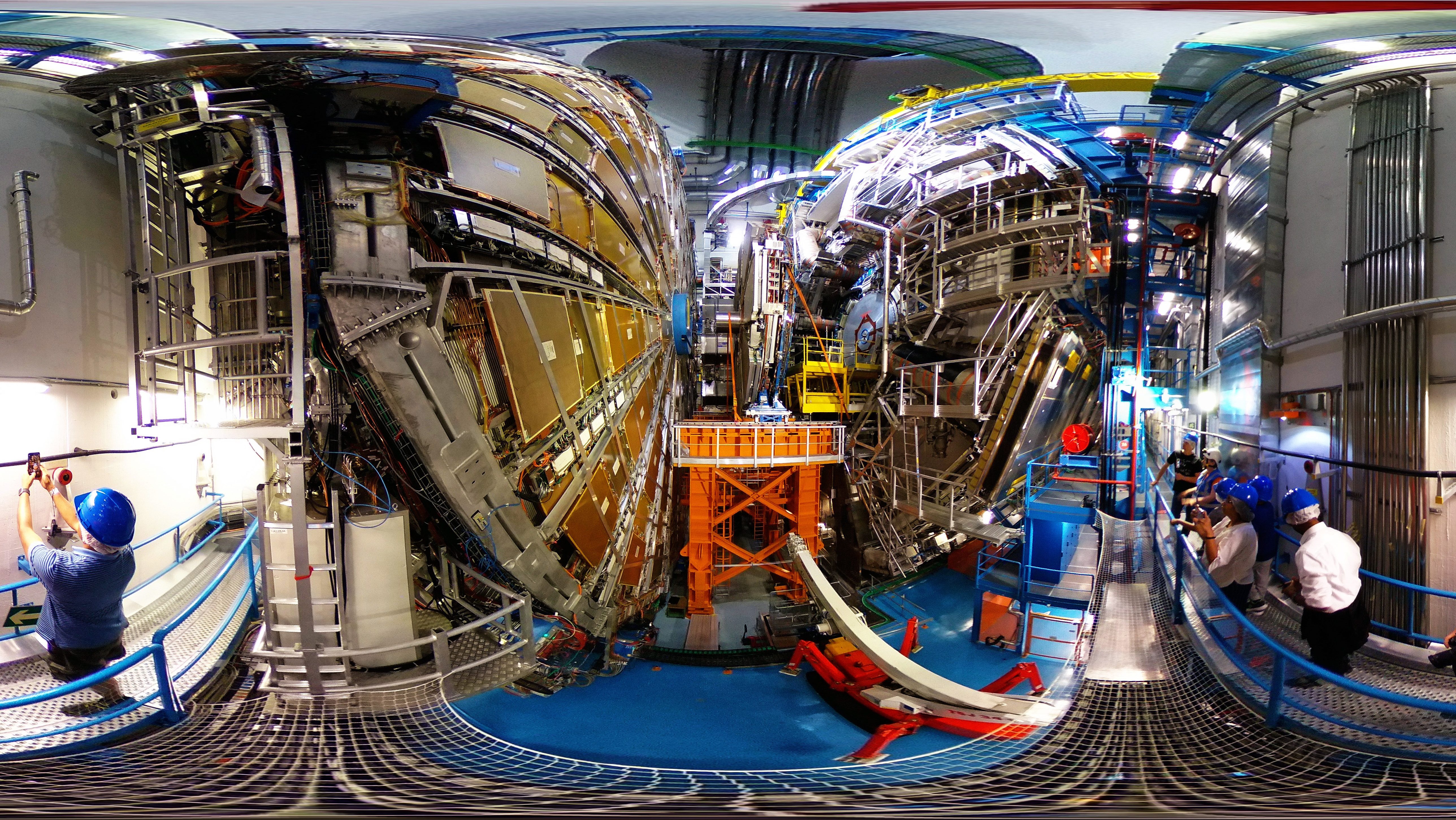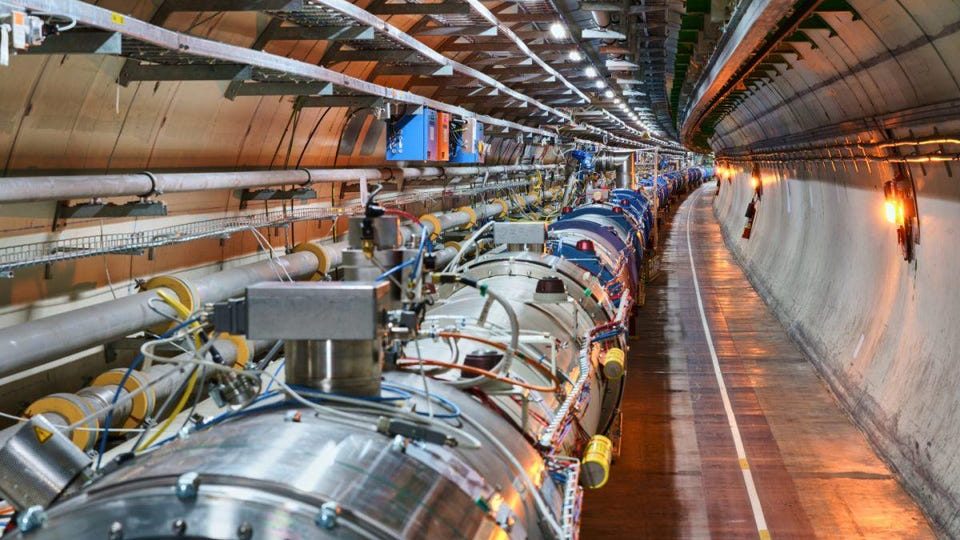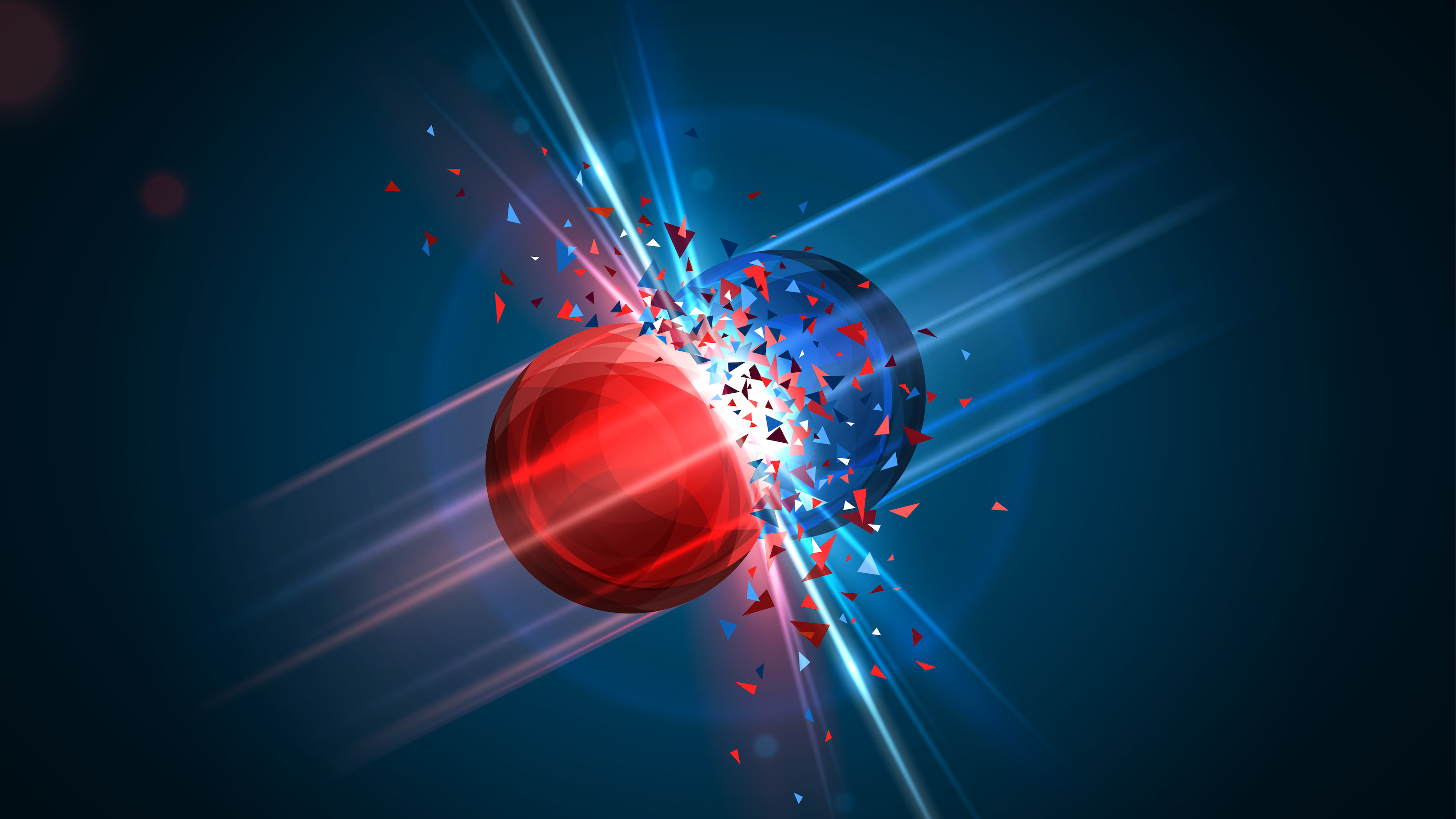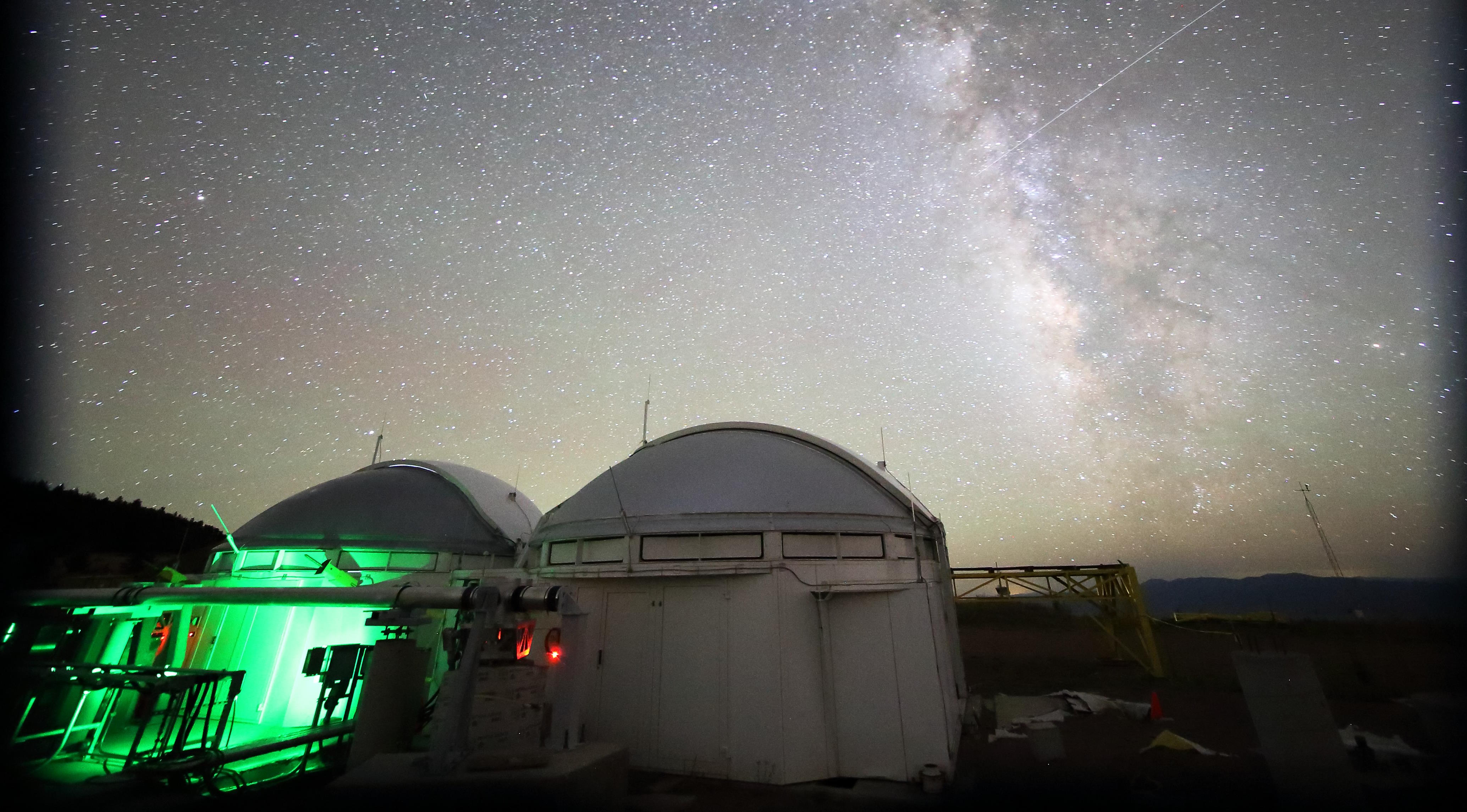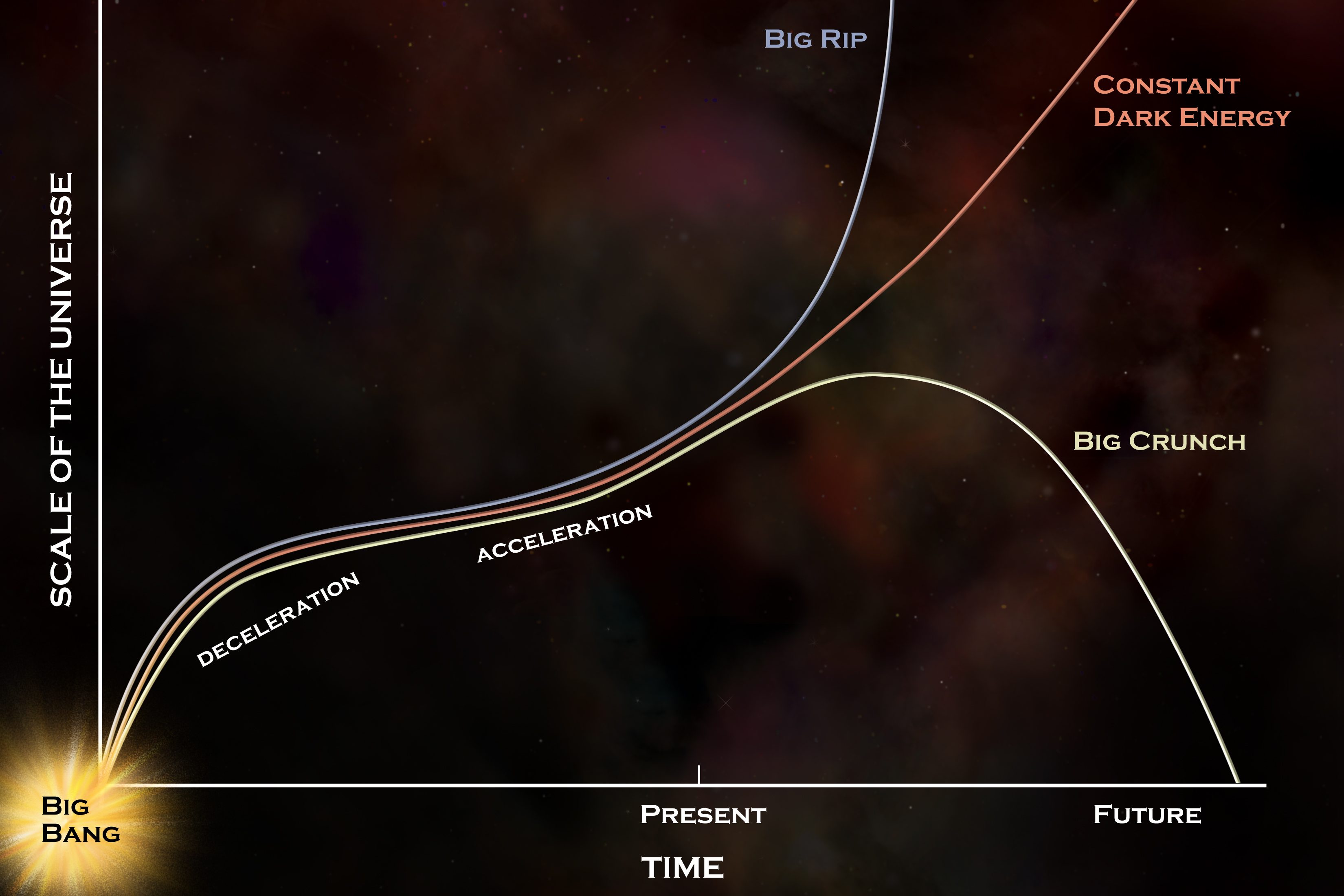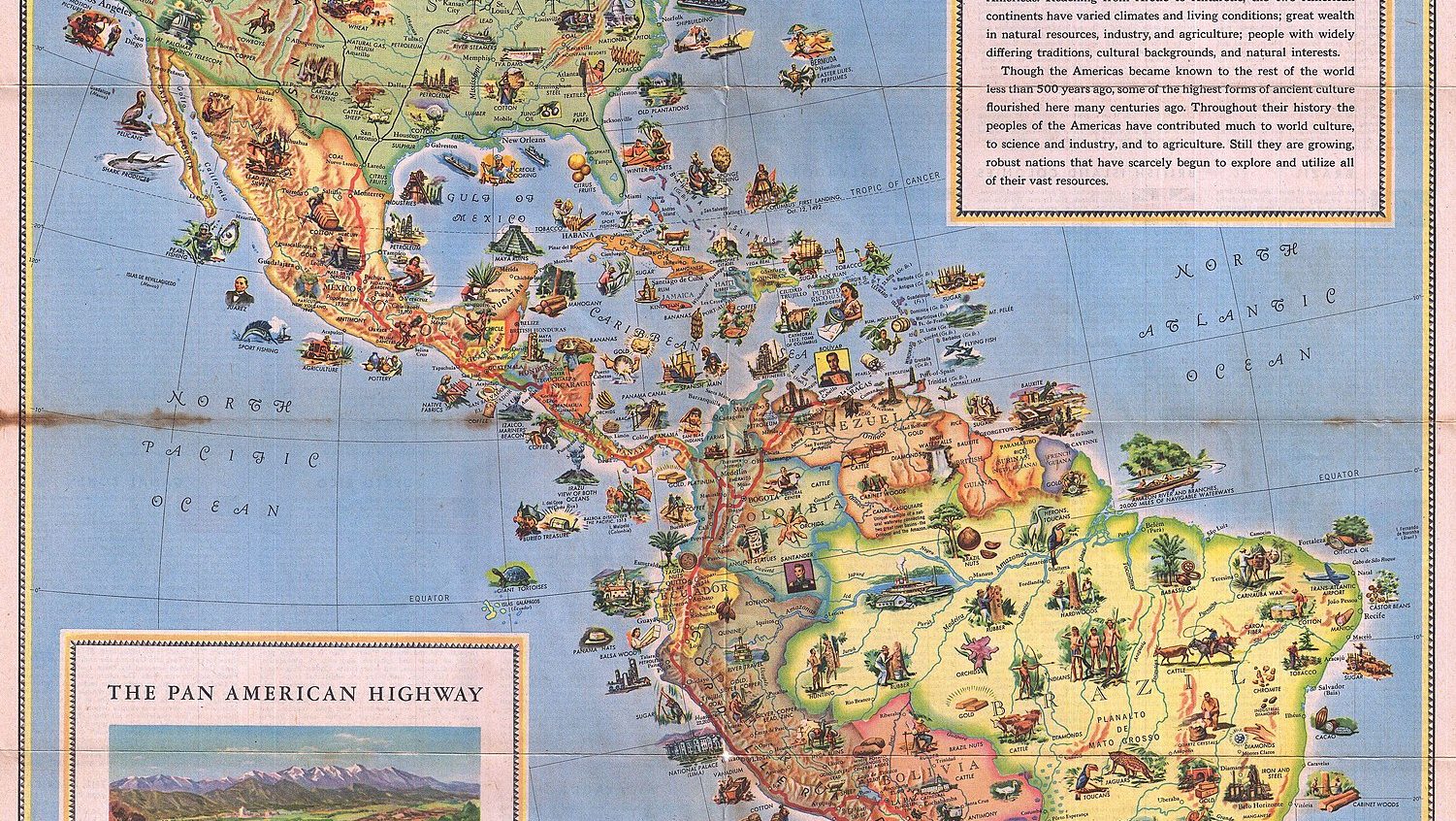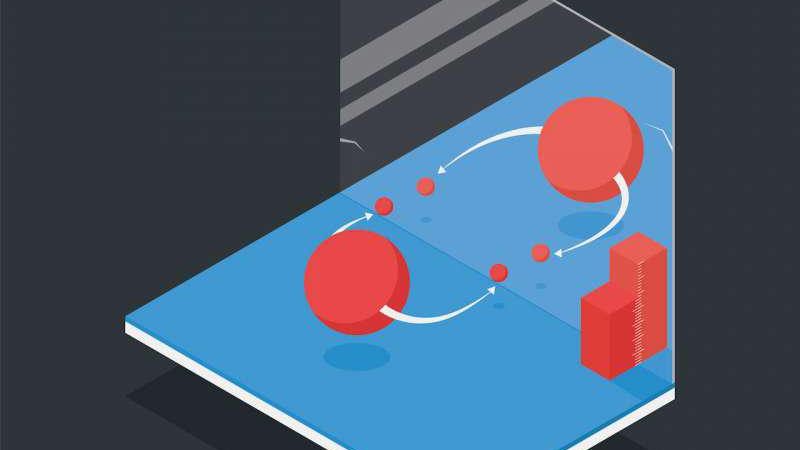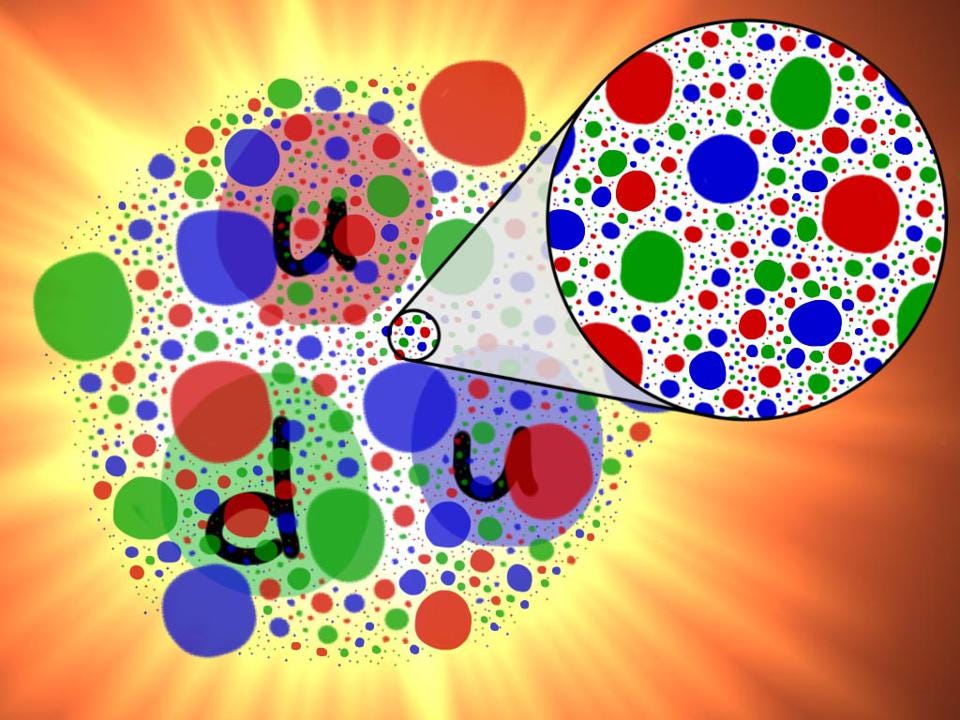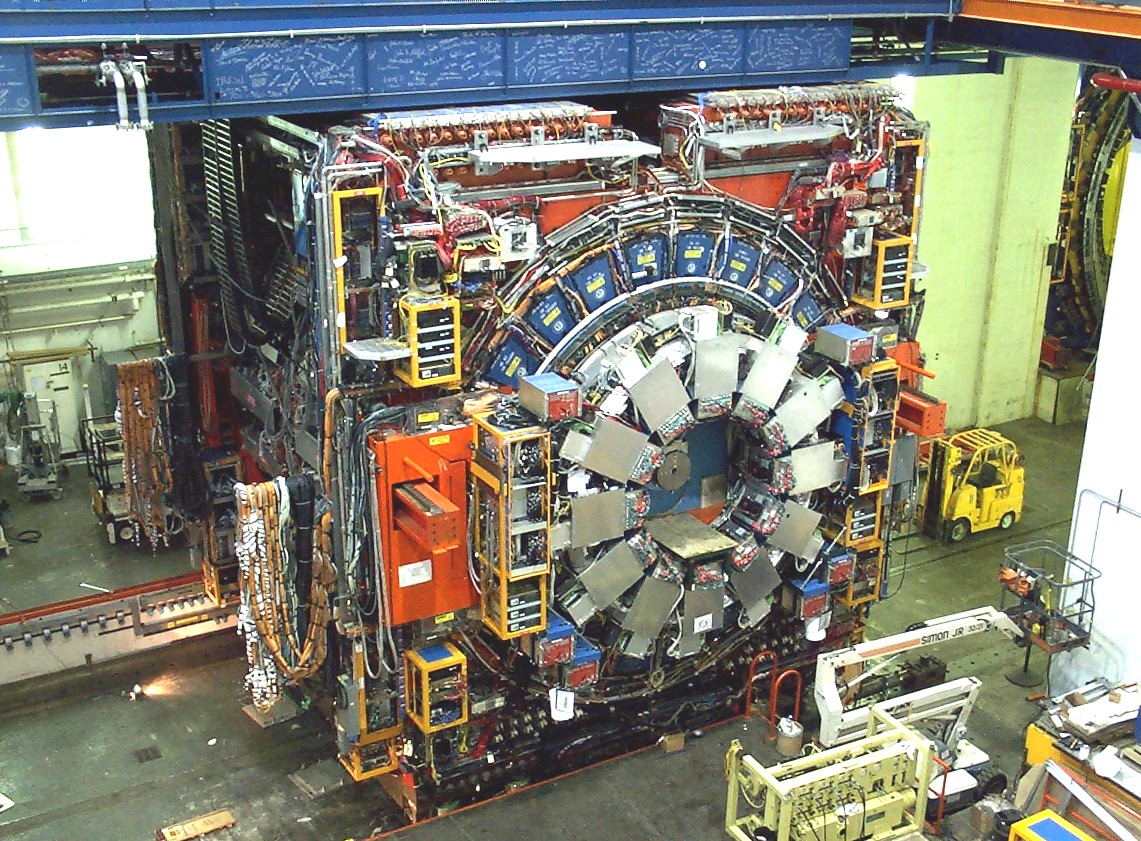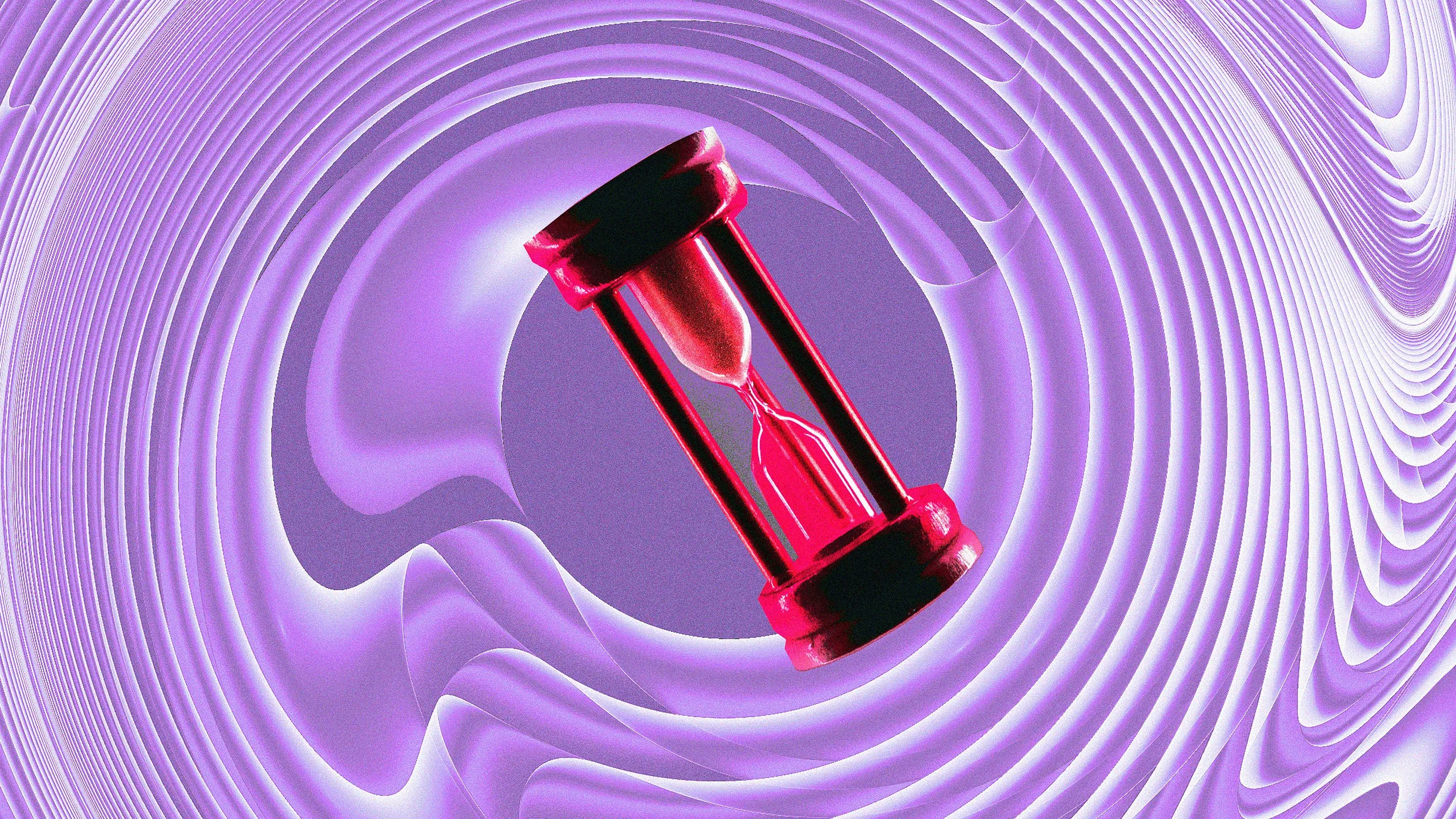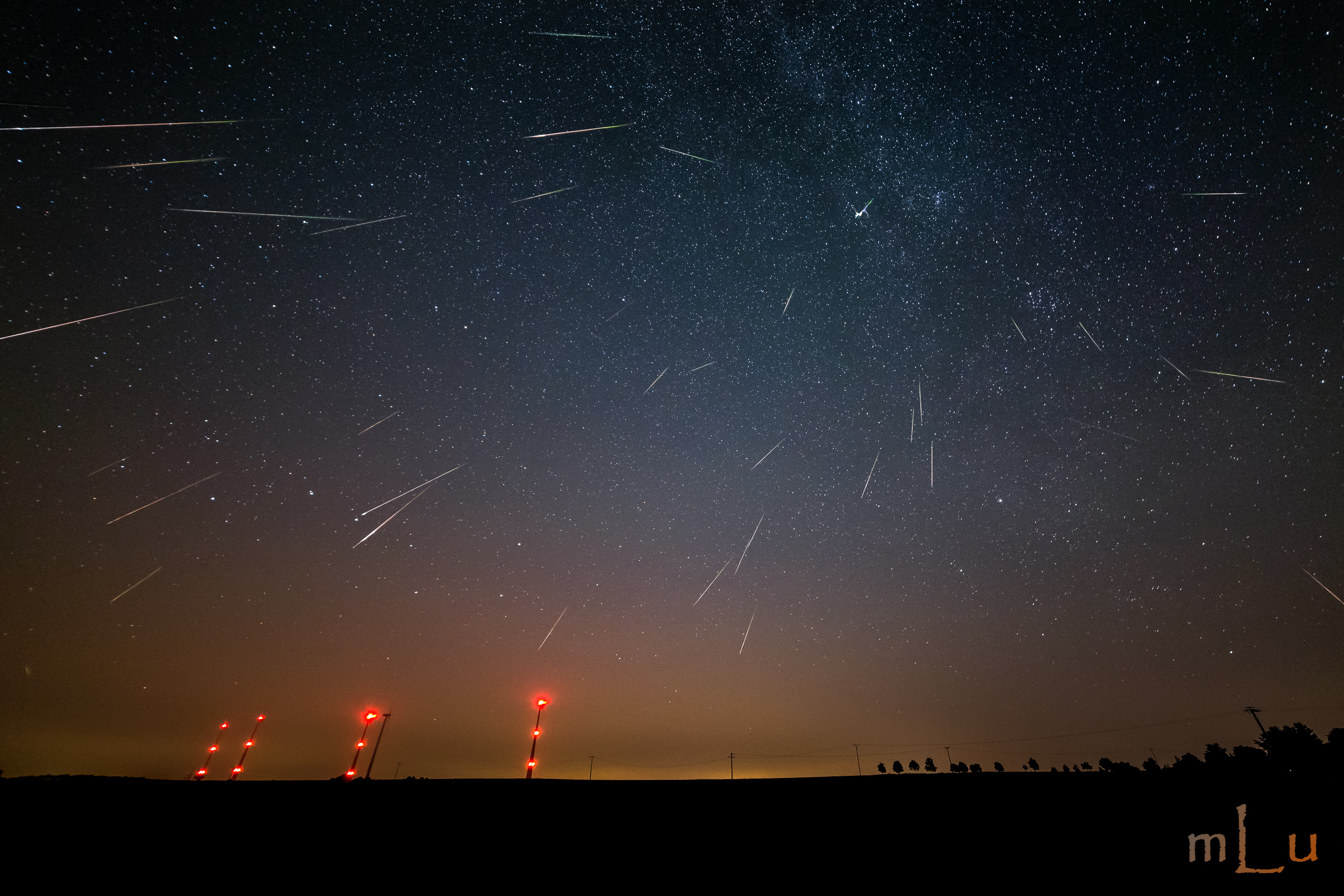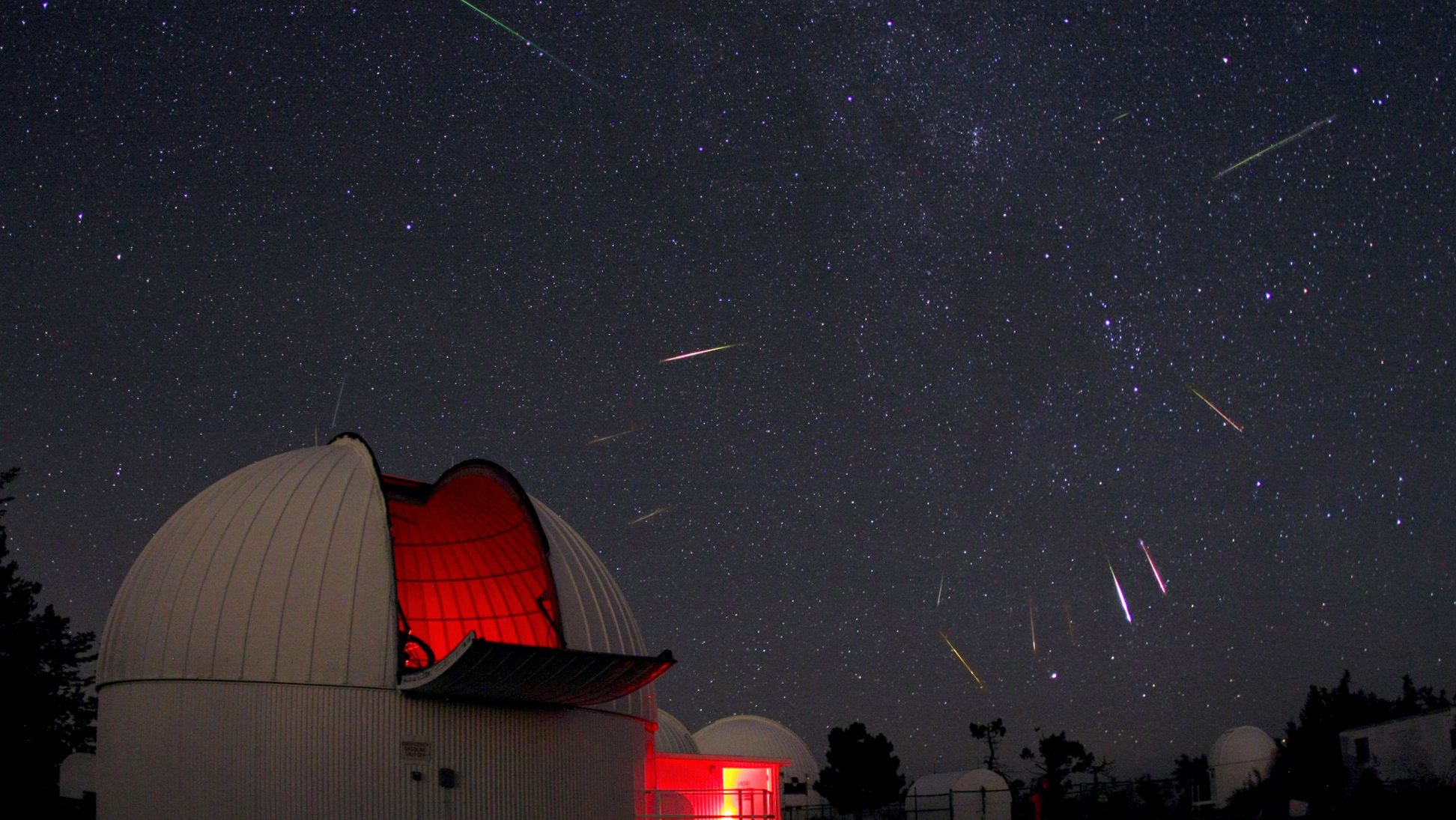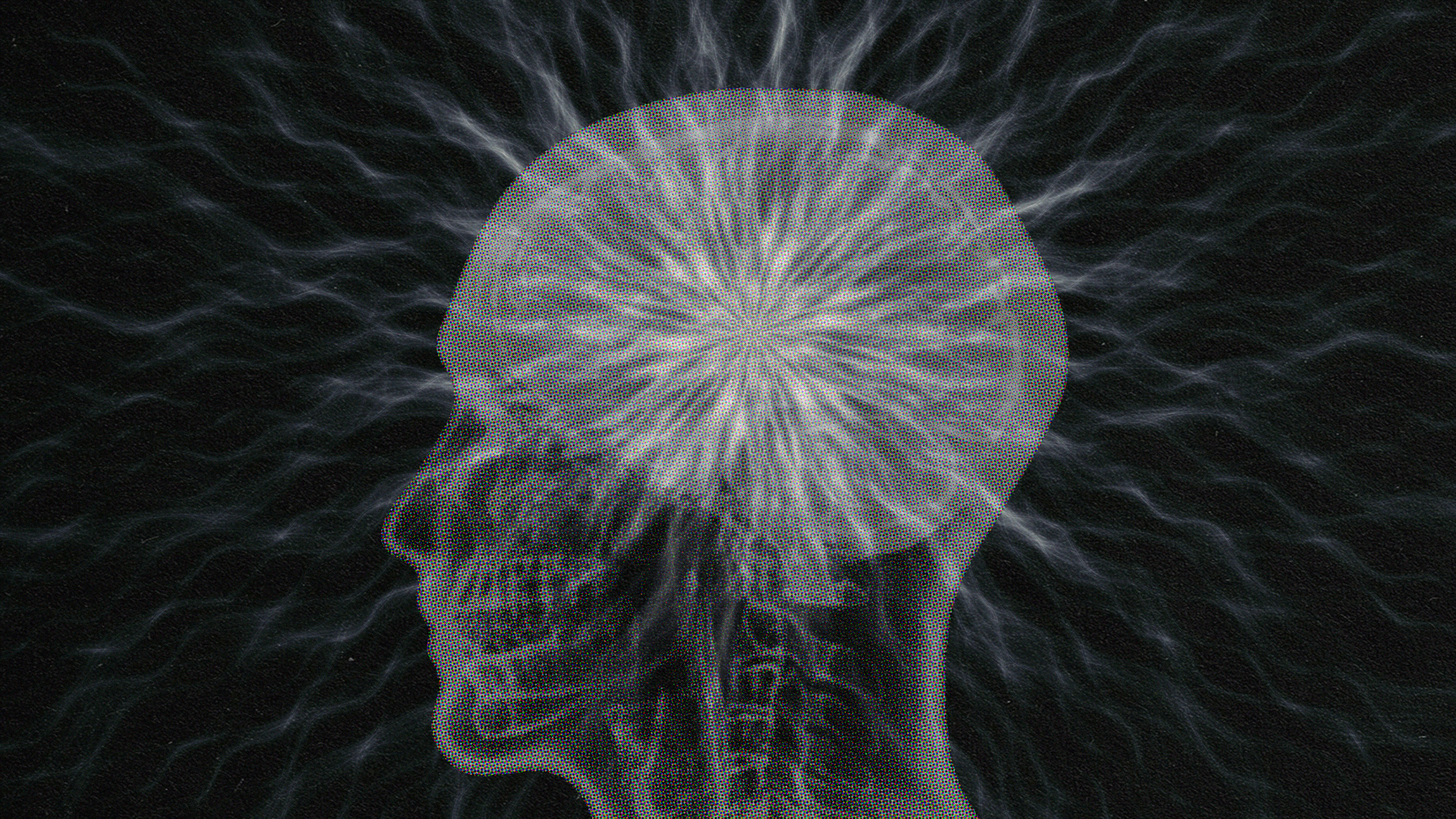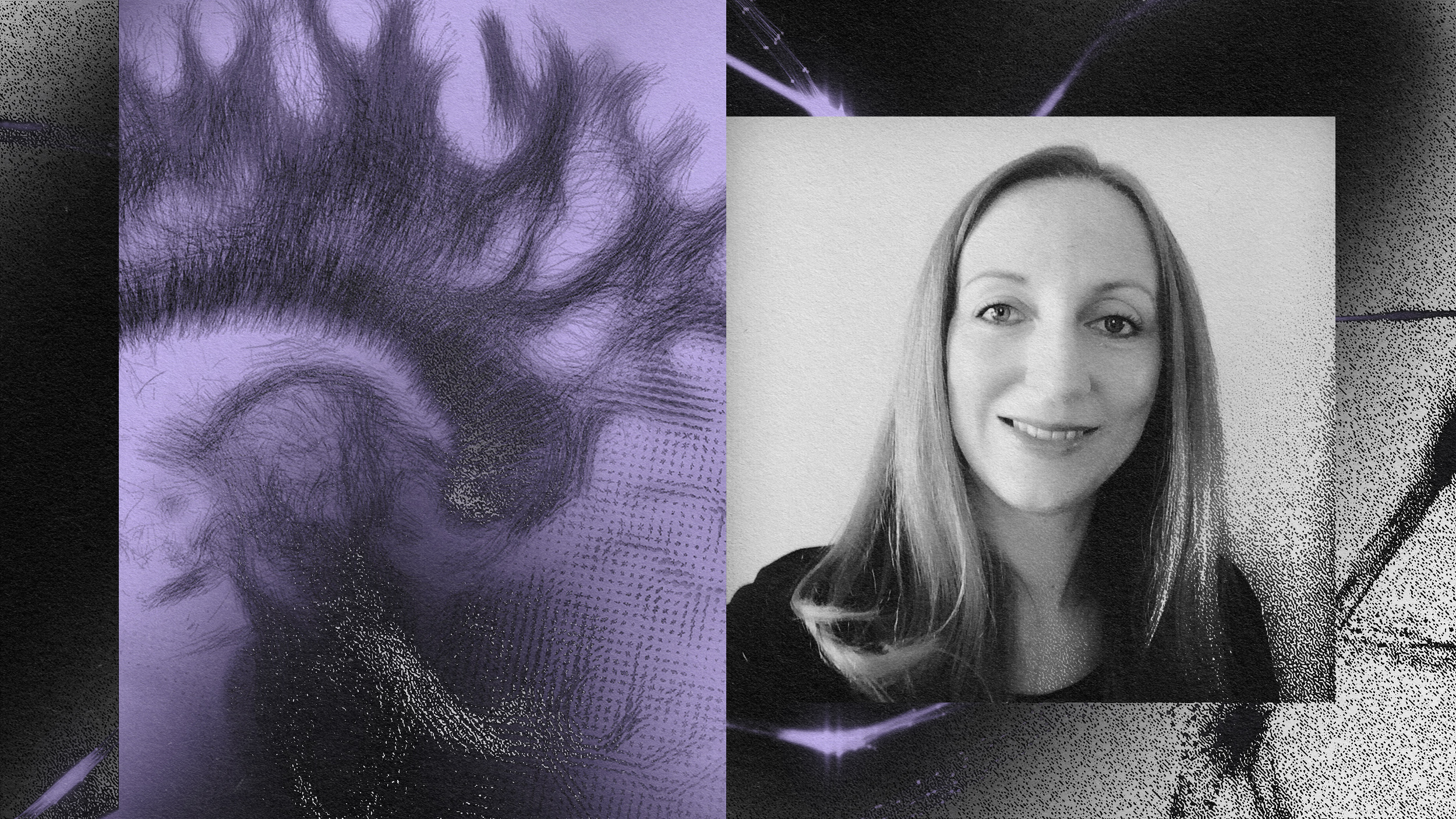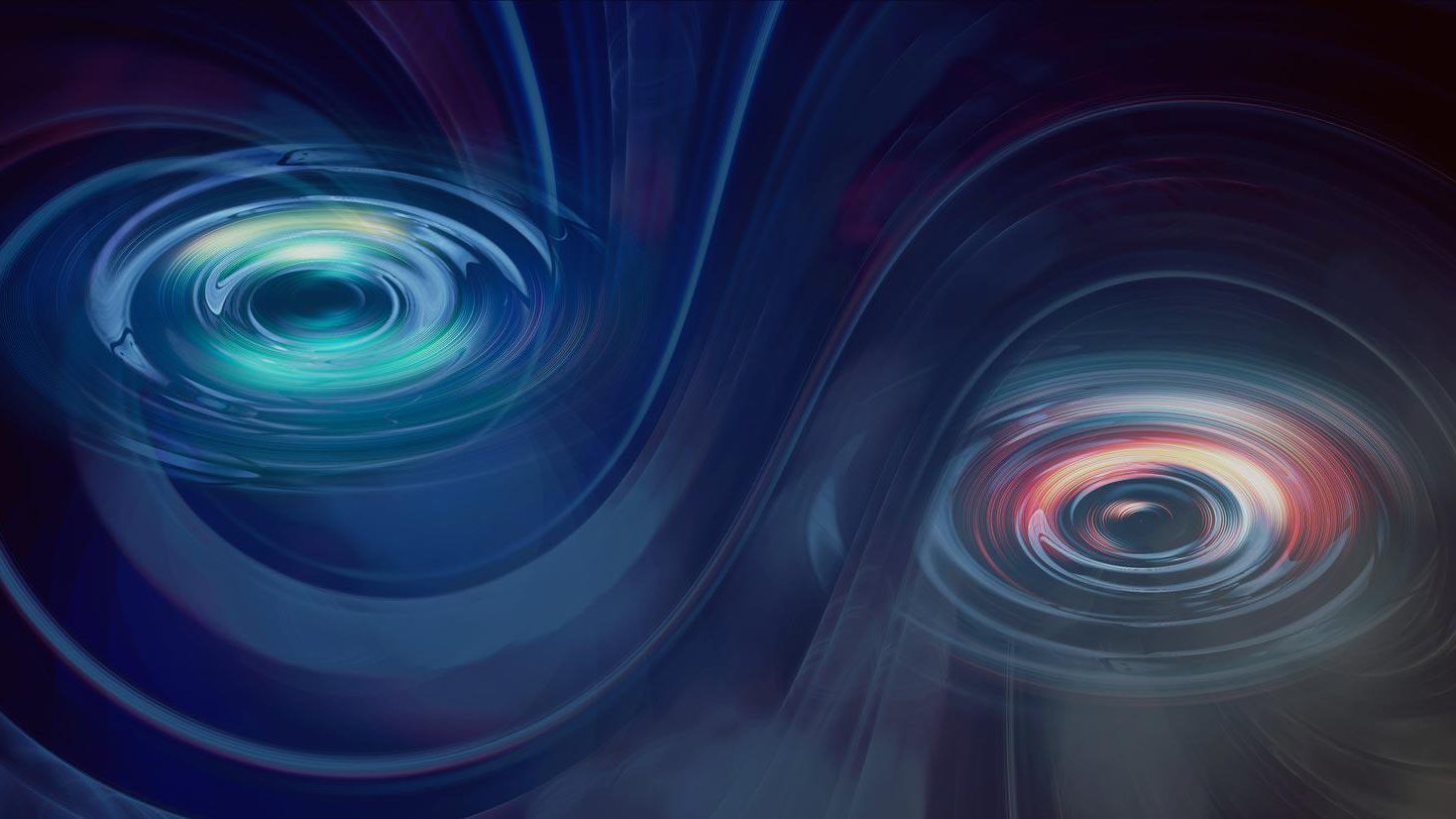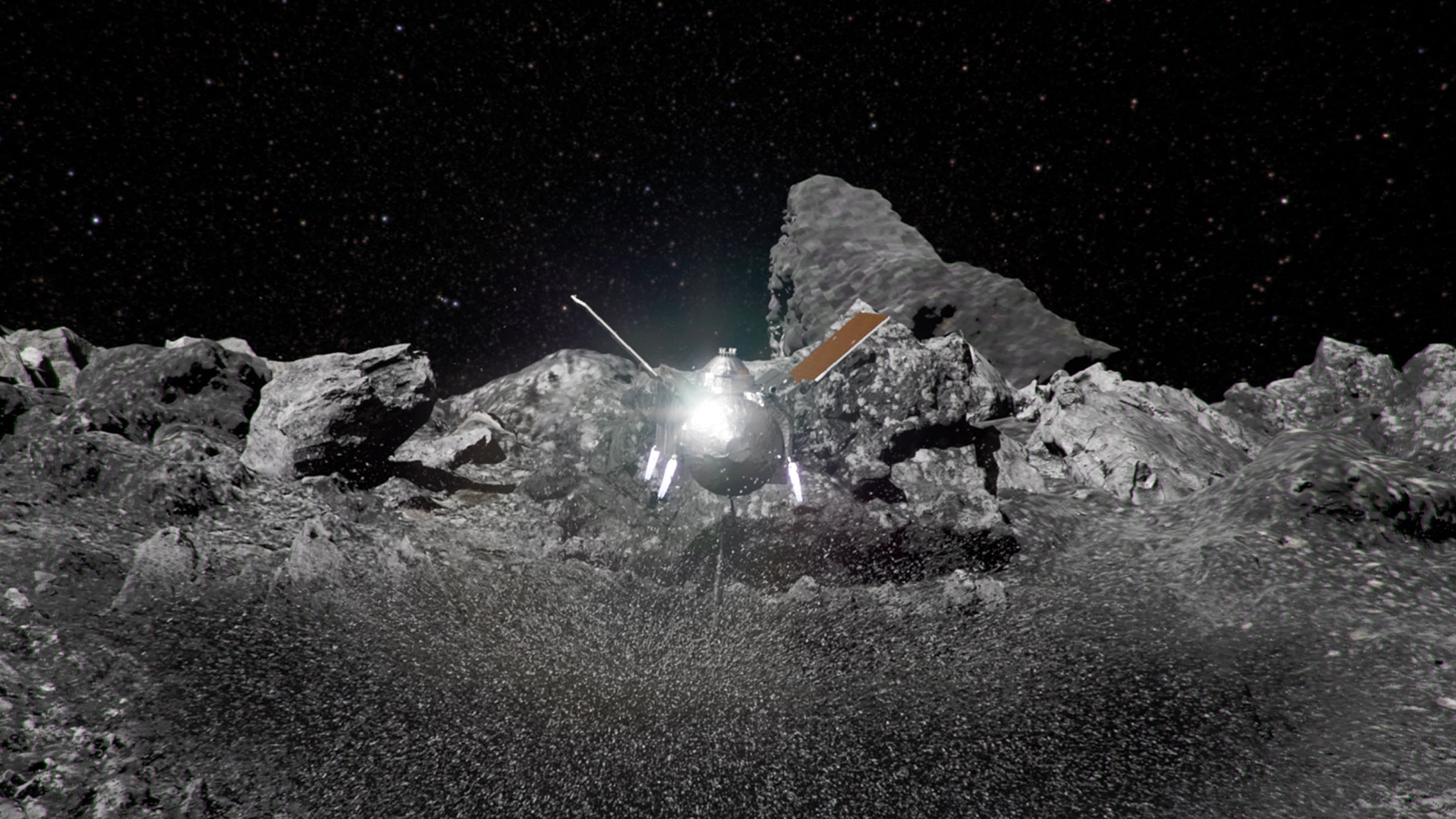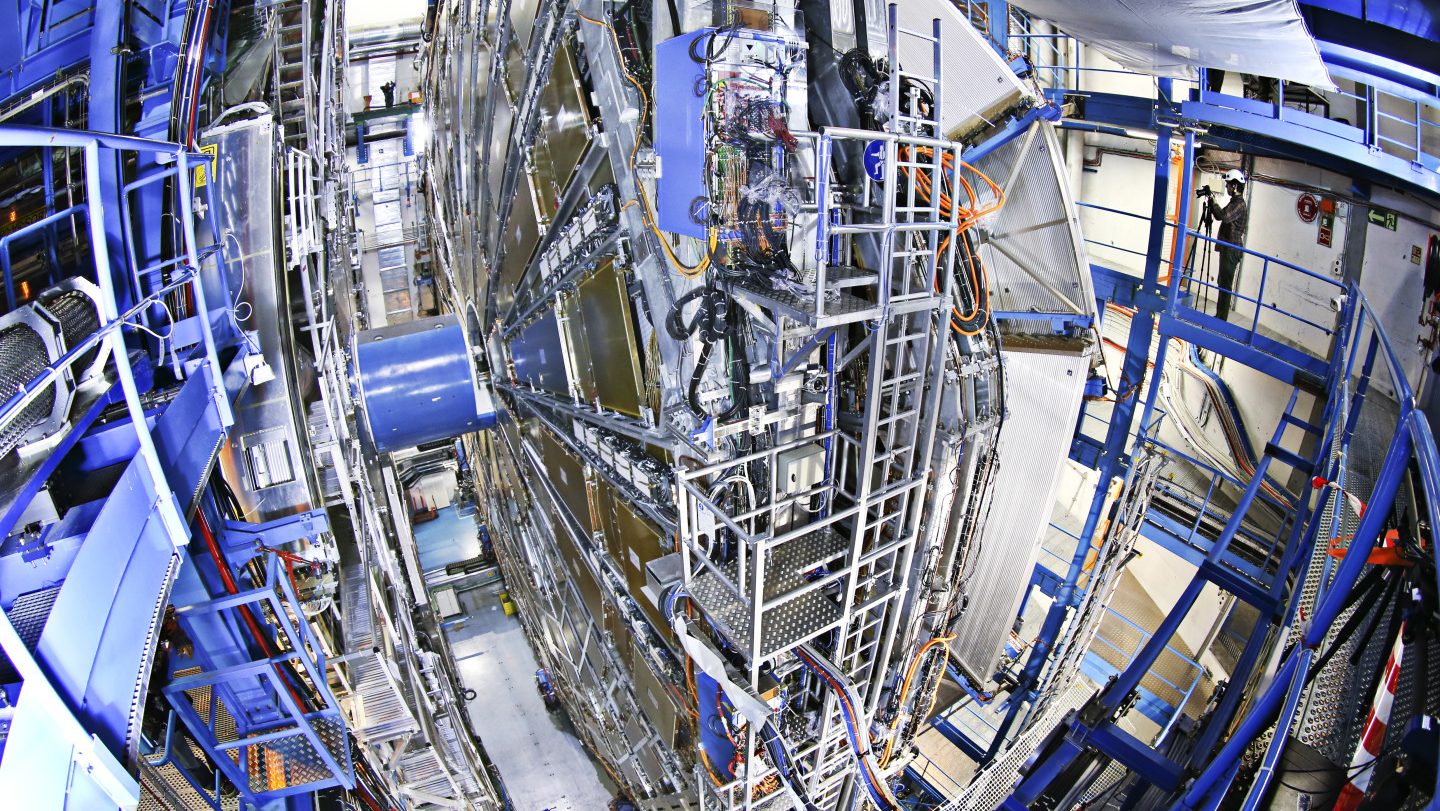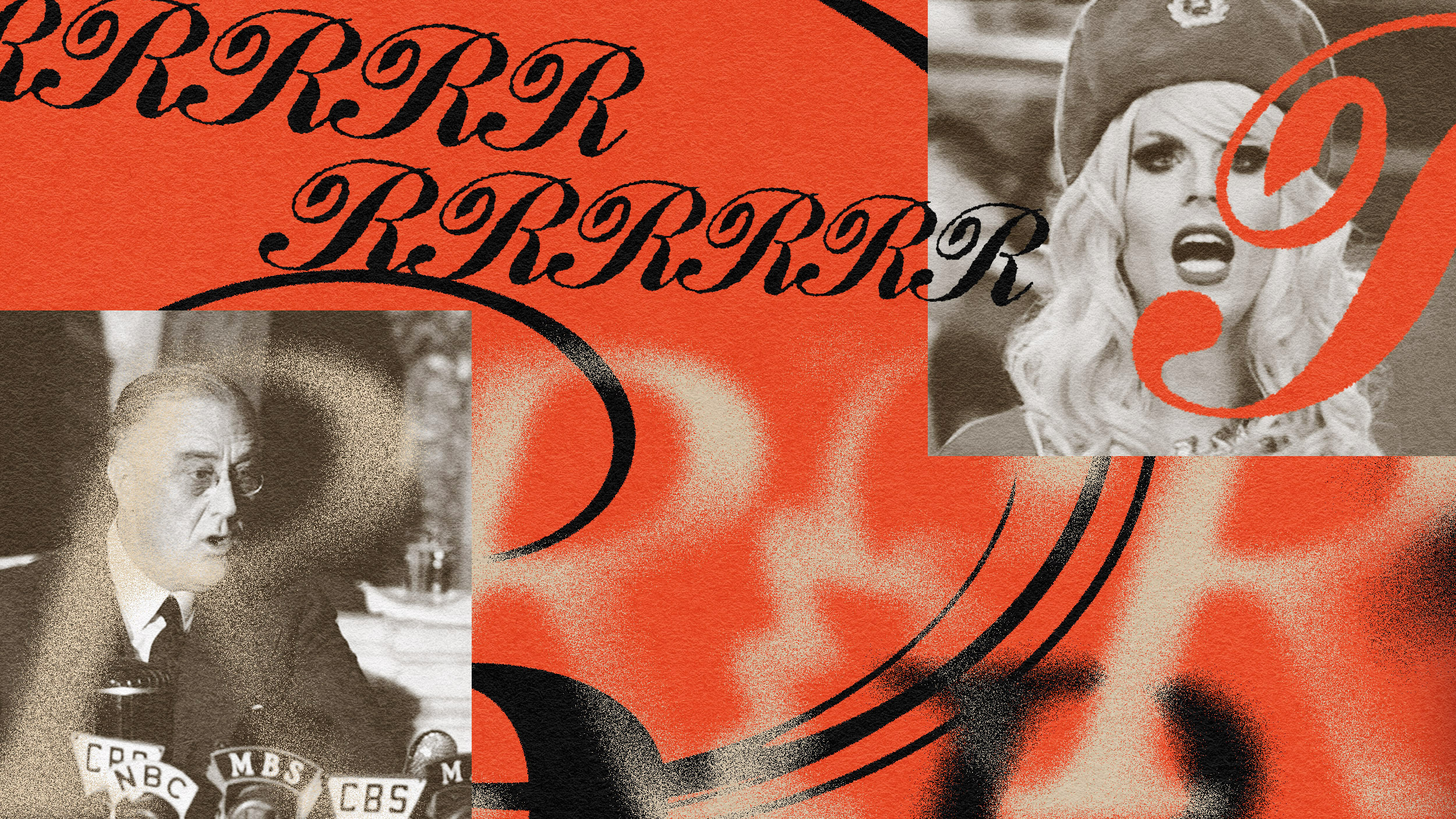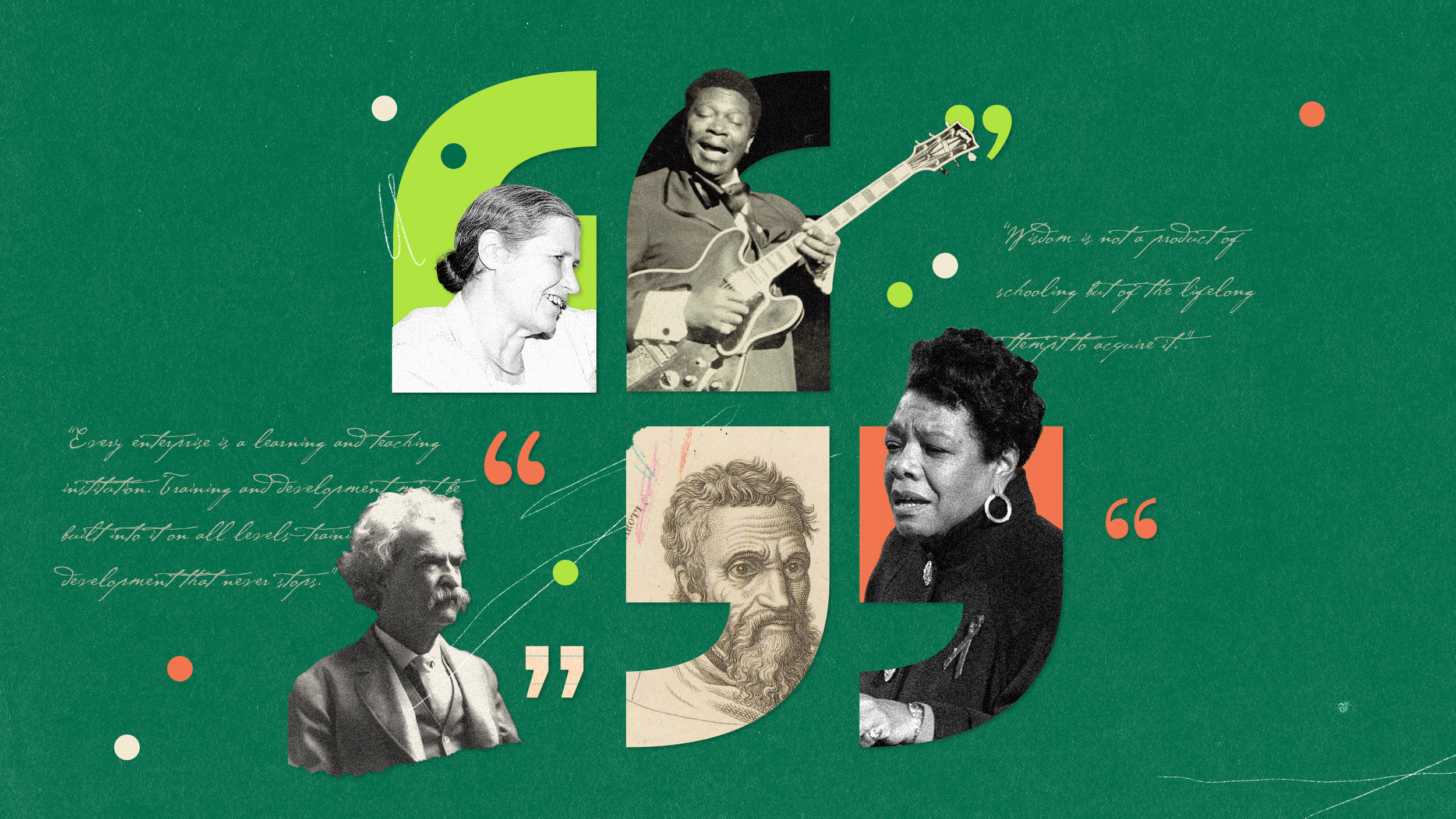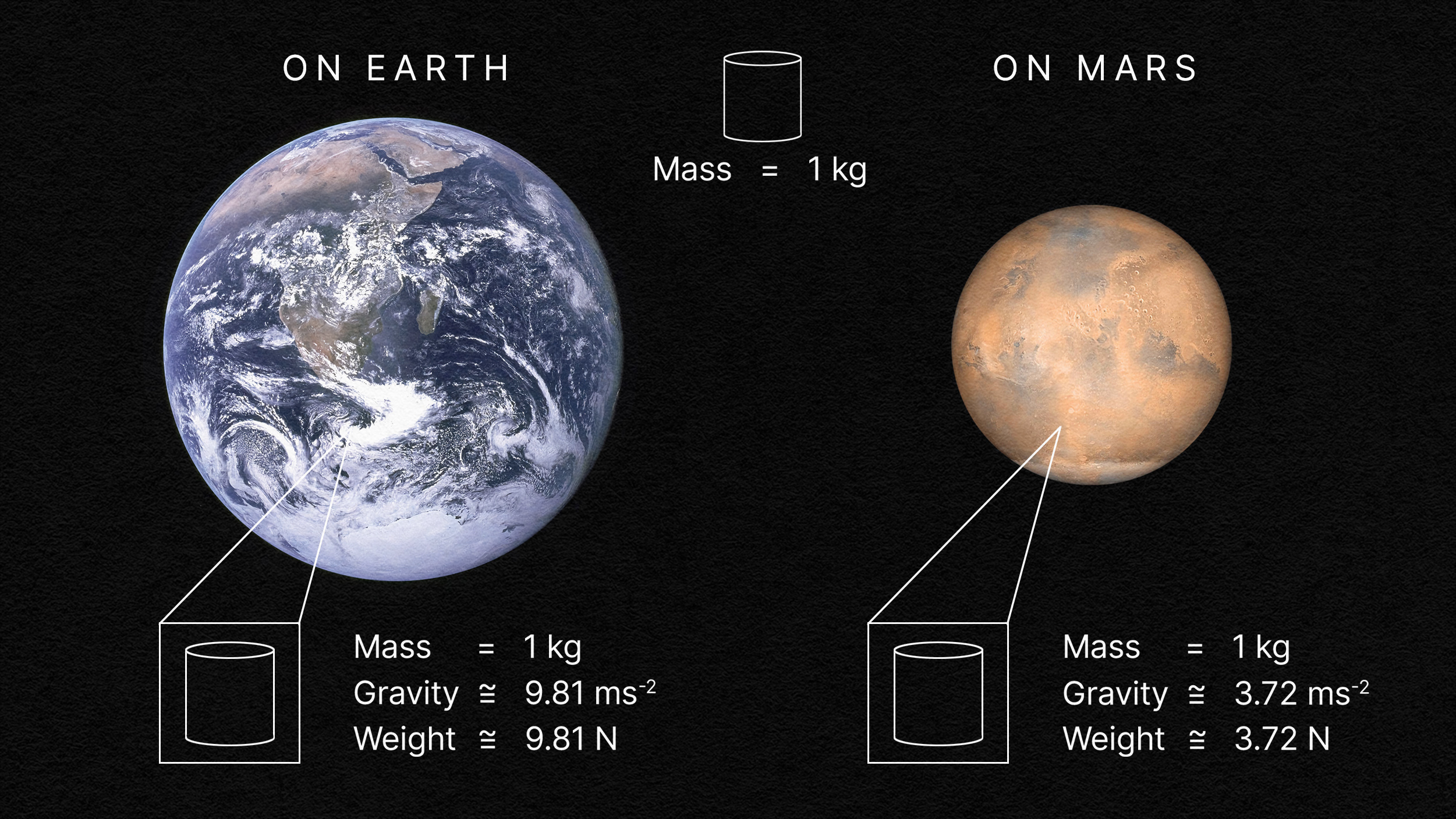With new W-boson, top quark, and Higgs boson measurements, the LHC contradicts earlier Fermilab results. The Standard Model still holds.
Search Results
You searched for: w ll
CERN’s Large Hadron Collider is the most powerful particle accelerator ever. To go even further, we’ll have to overcome something big.
In our Universe, matter is made of particles, while antimatter is made of antiparticles. But sometimes, the physical lines get real blurry.
Interferometry gave us a black hole’s event horizon, but that was in the radio. What can we accomplish with a new optical interferometer?
For nearly 25 years, we thought we knew how the Universe would end. Now, new measurements point to a profoundly different conclusion.
The perfectly accessible, perfectly knowable Universe of classical physics is gone forever, no matter what interpretation you choose.
The Pan-American Highway began a century ago with a vision of unfettered motor-vehicle access between Alaska and Tierra del Fuego. What happened to the dream?
Symmetries aren’t just about folding or rotating a piece of paper, but have a profound array of applications when it comes to physics.
Susannah Fox, former chief technology officer for the HHS, explains how technology has empowered us to help fill in the cracks of the healthcare system.
It’s 2024, and we still only know of the fundamental particles of the Standard Model: nothing more. But these 8 unanswered questions remain.
Here’s the case for why science can’t keep ignoring human experience.
A-list lessons for better work-life collaboration — direct from the movie set.
Fermilab’s TeVatron just released the best mass measurement of the W-boson, ever. Here’s what doesn’t add up.
Kurzweil predicts that AI will combine with biotechnology to defeat degenerative diseases this decade. Then things will get really interesting.
Philosopher Slavoj Žižek argues that we often don’t truly want to obtain what we think we desire.
Hindsight can cloud our predictive abilities but big data can de-mist forecasting — now AI is sharpening that focus.
Each year in mid-August, Earth plows through the debris stream of an enormous comet, creating the Perseids. 2023’s show will be magnificent!
Arguments don’t have to be about winning or losing; they can help us build trust despite disagreeing.
Peaking on the night of August 11/12, up to 100 bright meteors per hour will be visible. Here’s how to make the most of it.
At a fundamental level, only a few particles and forces govern all of reality. How do their combinations create human consciousness?
Katie Kermode — a memory athlete with four world records — tells Big Think about her unique spin on an ancient technique to memorize unfathomably long lists of information.
It’s possible to remove all forms of matter, radiation, and curvature from space. When you do, dark energy still remains. Is this mandatory?
What would it take to create a truly intelligent microbot, one that can operate independently?
The surface of asteroid Bennu is more like a plastic ball pit than the Moon.
LHC scientists just showed that spooky quantum entanglement applies to the highest-energy, shortest-lived particles of all: top quarks.
You can learn an awful lot about people, culture, and politics by studying R.
Public mass shooters almost always have worldviews shaped by the “3 Rs”: rage, resentment, and revenge.
This collection of learning and development quotes serves as a reminder of the meaning and purpose behind this important work.
Here on Earth, we commonly use terms like weight (in pounds) and mass (in kilograms) as though they’re interchangeable. They’re not.
The neutrino is the most ghostly, rarely-interacting particle in all the Standard Model. How well can we truly make “beams” out of them?
